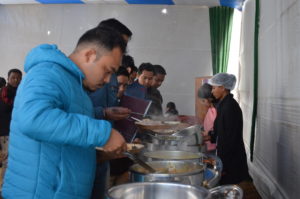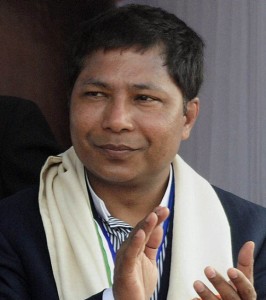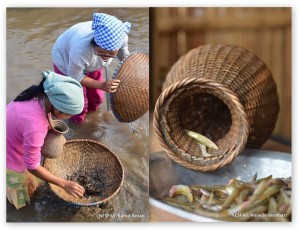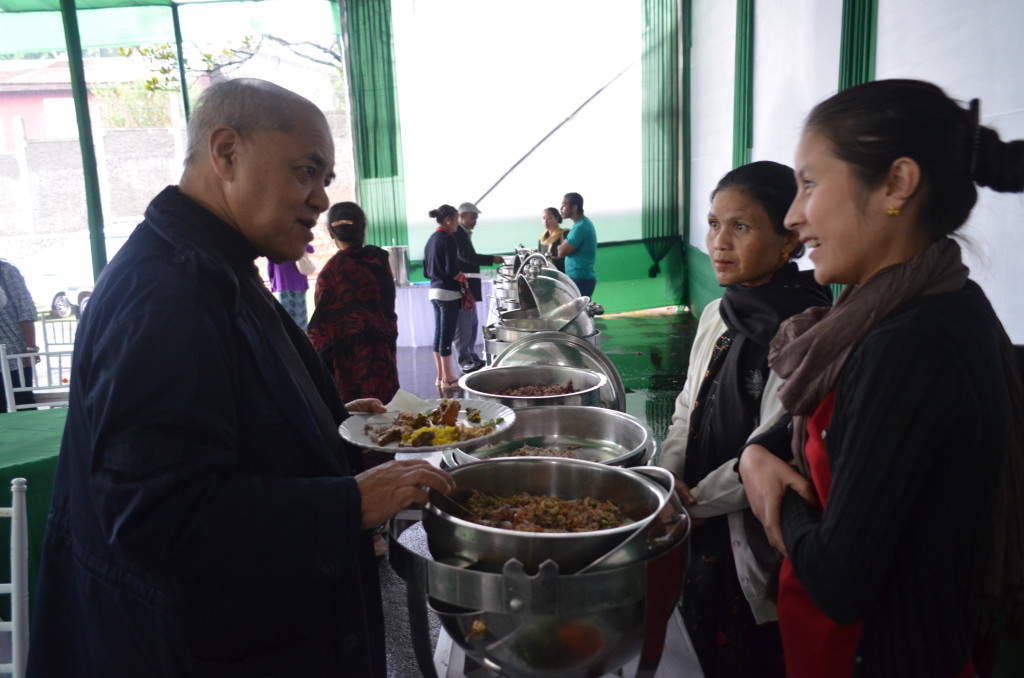
Photo: NESFAS/Raisa
On the 18th of August the North East Slow Food & Agrobiodiversity Society (NESFAS) along with cooks and chefs from around Shillong and villages of Meghalaya, with the support of the Directorate of Tourism, Meghalaya, got together to look at how cuisine any hospitality can be improved with a central theme of “help local producers help our economy,” in preparation for the Indigenous Terra Madre (ITM) 2015. The ITM 2015, slated to take place from 3rd to 7th November in Meghalaya, will see 60 world indigenous community on one platform to share issues and ideas on food, its production and related topics. Organised by NESFAS in collaboration with the Indigenous Partnership for Agrobiodiversity and Food Sovereignty and Slow Food International, with the support of the Government of Meghalaya and the partnership of 41 communities which are co-hosting the event, ITM 2015 will be a celebration of food and agrobiodiversity. As groundwork for ITM 2015, locally known as International Mei-Ramew, various aspects of hospitality, particularly food, were discussed with the participating community members to improve upon their contribution to the event as hosts – 10 villages of Meghalaya including the participating communities will be hosting international delegates in their villages on the 4th day of ITM 2015 as per the program.
August 18th’s program included the cooking and presentation of various dishes by community members and urban chefs and tastings and review of the dishes. Mr. Phrang Roy, Chairman NESFAS addressed the gathering on ‘The cuisine & hospitality of a destination — an important aspect in the quality of the holiday experience’. He expressed gratitude to the Dept. Of Tourism for extending their support to the program.
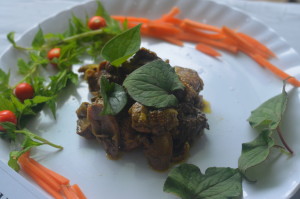
Photo: NESFAS/Raisa Daimary
The aspect of Food Plating with main focus on the idea that our sense of sight and smell play a big role in how we experience the food we eat and how customers feel
when food is presented was shared by Mr Daniel Syngkon from the Jade Room, Shillong. He also took up matters of presentation and revolved around Hygiene. Resource person, Mr Artet Khasrsati, spoke to the group about hospitality and food innovation. To add to his contribution he presented local breads like pu khlein, putharo and pu syep with modern twists.
The participating communities from six villages including Khweng, Pyrda, Sohrarim and Ladmawphlang displayed various dishes revolved around local and wild ingredients while chefs from The Jade Room, Pine Wood Hotel, Halaiing, among others, showcased fusion food that incorporated local dishes with a modern twist.
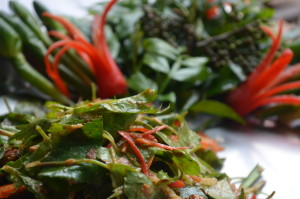
Photo: NESFAS/Raisa
Although the community cooks voiced their reservations about adopting modern dishes they spoke of the possibility of fusing certain elements in the future. “The people from the villages have a very conservative taste, however, with changing time, tastes will change and we will have to cater to them,” said Plantina Mujai, owner and cook of Mei-Ramew Cafe, Khweng, Ri Bhoi District. Alternately, the urban chefs took note that the community cooks used a wide variety of indigenous ingredients that have the potential to be incorporated into their menus.
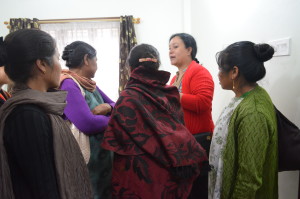
The proprietor of Ahava guest house at Kench’s Trace also took the cooks for a tour of the guest house to give them an understanding of home stays and how they are maintained; homestays being an upcoming potential means of livelihoods for community members. The community members were thankful for having being exposed to the idea of home stays and the importance of cleanliness.

